For years we’ve all been taught that the first step to creating content that ranks is to target keywords.
For years, the ability to rank high in SERPs seemed to rely heavily on two things. First, pick keywords that are high traffic and low competition. Then, practice keyword density.
This is no longer true.
In fact, Google views too high of a density as keyword stuffing, which they will punish.
Keyword research is still important, but the way we should be implementing it has changed.
Why?
First, SEMRush did a study of Google’s ranking factors and found keywords were pretty far down the list. The first keyword related metric came in at 12th place.
That’s well below customer engagement metrics such as time on site and bounce rate.
Second, although meta tags are useful for users, they no longer influence rankings.
Google’s algorithm has become more sophisticated. It’s now smart enough that it no longer has to rely on simple keywords to tell it what your content is about.
If you want to be rank high in SERPs in 2018, you’re going to need to start targeting your customers and not just keywords.
Don’t worry. I’m going to walk you how to do this step-by-step.
But first, let’s look at the algorithm changes that have led to this shift.
Algorithms are becoming more human
In 2011, Google rolled out Panda which was designed to target and penalize sites that were producing thin and low-quality content.
Why?
People had learned that they could follow a practice called keyword stuffing to rank high in search results.
Here’s an example of keyword stuffing for the phrase ‘ALT Tags’:
Keyword stuffing may have helped rank your content in search engines, but it tended to result in an unnatural flow that didn’t resonate with readers.
Google recognized this and decided to find a way to penalize the practice.
This was just the beginning of Google reducing the effectiveness of keywords in SERPs.
The next year brought the introduction of the Knowledge Graph.
This was the beginning of Google being able to interpret strings rather than just isolated words.
For example, Google understands that when someone types in the keyword “Obama,” they probably are referring to the US President Barack Obama.
The knowledge graph can connect this one word with not only an actual person but also with some connections to other people, places, and things.
In 2013, there was even further advancement with the introduction of Hummingbird.
It was a huge change and a big step further in Google’s ability to handle “conversational search.”
Even five years ago, Google was beginning to understand and answer intent.
This 2013 example shows the simple question of, “will it rain tomorrow?”
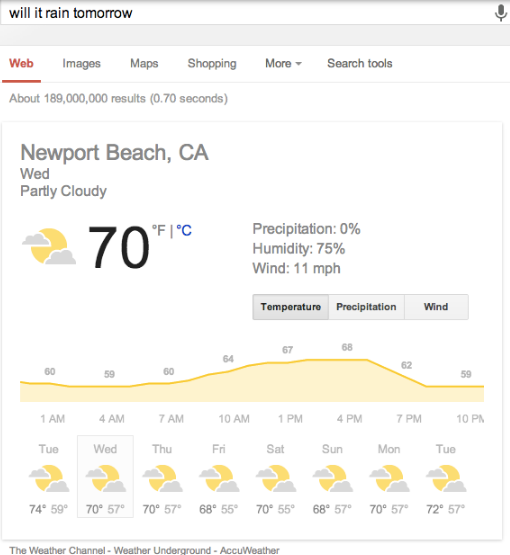
The question did not have to state a location or ask for a weather forecast. Google simply knew the searcher’s location and knew that rain was related to weather.
In 2015, an even bigger change came, when Google announced the launch of machine-learning artificial intelligence that it had dubbed RankBrain.
Within months of it being launched, Google claimed it was their third-most important ranking factor inside their search engine algorithm.
Why?
RankBrain was designed to help identify and respond to intent, instead of just words.
What does this mean?
Well, for example, if I search for ‘RankBrain’ I’m not really telling Google what my intent is, am I? All I’ve given it is the one word.
However, check out the search results:
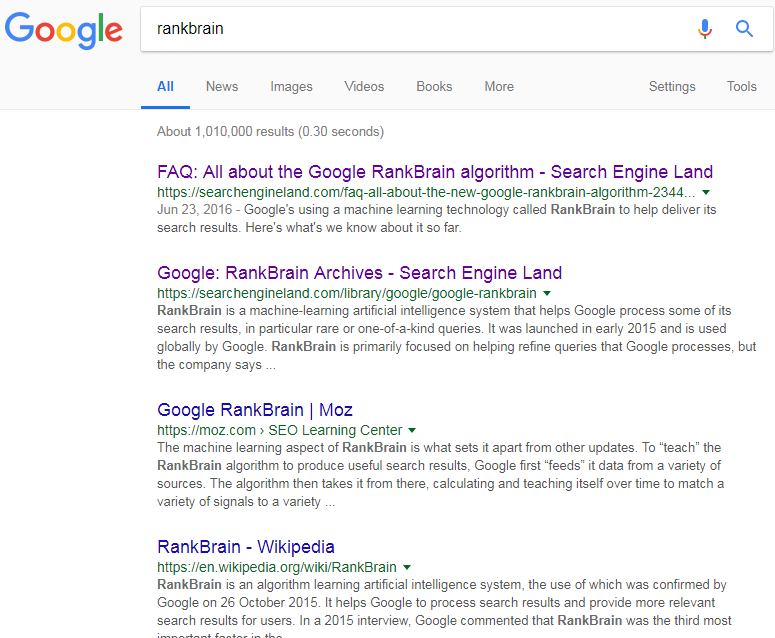
Now, look at the search results for ‘what is RankBrain?’
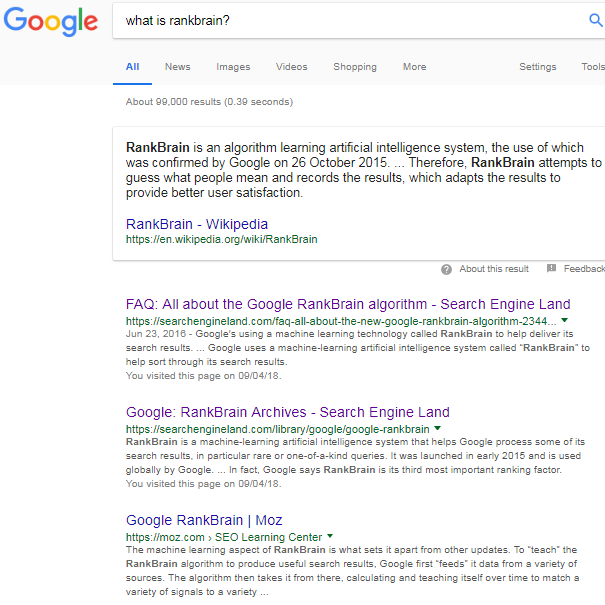
They’re the same.
RankBrain has been able to use machine learning to understand that both of these keywords have the same intent for the majority of people.
This is how Google can make sure it’s bringing back the most relevant content to its users.
The first search result is FAQs on RankBrain. If you check it out, the article mentions RankBrain 52 times in 2,660 words, which is just under 2% of the time.
Optimal keyword density in this new world is between 0.5% and 2.5%. There was definitely no keyword stuffing done to achieve ranking.
This just goes to show that keywords alone will no longer grab you the top spot in search results.
In fact, keyword densities that are too high will be penalized.
With the move to mobile-first indexing and the growth of voice search, algorithms have had to get even better at deciphering intent rather than words.
There is an increasing trend toward voice search using apps such as Google Assistant.
It’s available on more than 400 million devices. Some estimates indicate Google sold over 10 million Google Home units last year alone.
This impacts the way search results work in two ways:
1. Digital assistants are beginning to influence search results.
Smartphone assistants will answer basic queries with three different listings.
They’ll also blend these requests with your own personal, historical data to tailor results.
Google Home will also provide you with the answer in the featured snippet for that search.
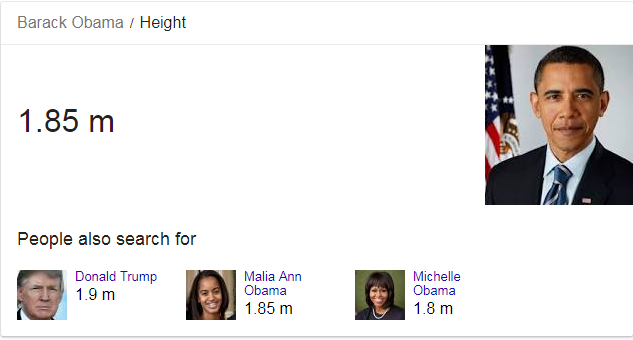
If you want your content to be the result heard by searchers, you need to obtain the featured snippet spot.
2. Voice search allows for conversational phrasing.
Users of voice search want to be able to speak naturally and still get the results that they ask for.
That means you need to consider conversation, content, and context.
To meet these needs, algorithms and marketers are increasingly required to focus on conversational language and keyword clusters, rather than specific keywords.
For example, Haahr previously explained that if a user is searching for “Walmart,” they don’t want to see results about the head office.
They expect results showing them the Walmart store closest to them.
So how do we target customer engagement instead of targeting keyword use?
Understand the intent of your audience
I mentioned earlier how Google’s RankBrain was designed to interpret the intent of searchers.
Search engines are putting customer needs, wants and desires first, and we should be doing it too.
So, how do we capture this intention and focus on it rather than specific words?
First, let’s look at what a user intent SEO strategy really is.
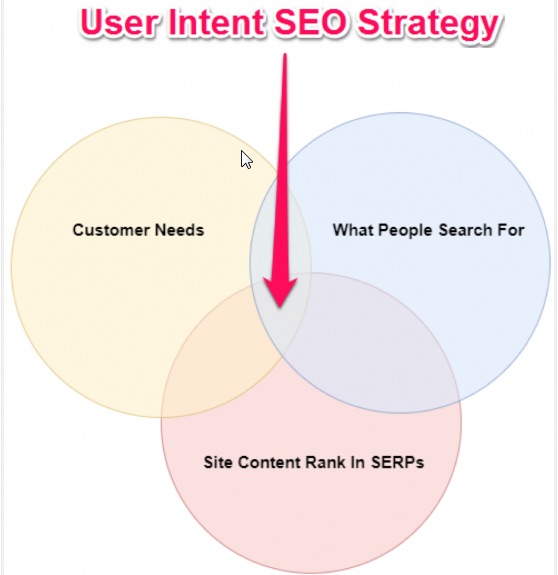
We know that we need to understand the overlap between what phrases people are actually searching for and what they really mean.
We also have to pinpoint where this intersects with our content marketing strategy.
It’s important to understand that some general keywords can be classified into either navigation, research or conversion keywords.
These classifications align with the stage of the conversion funnel that a searcher is in.
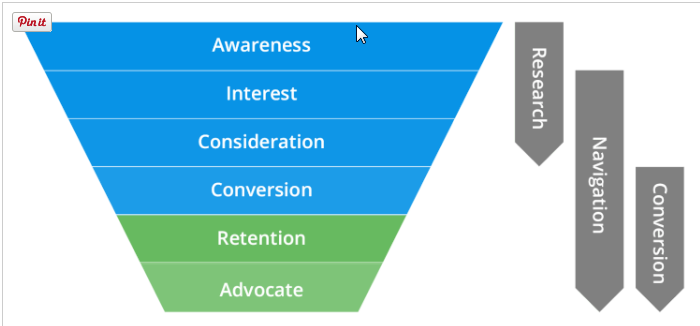
Content needs to take into account where customers are in the funnel, as well as what keywords they’re using, to properly target intent.
Research keywords are typically used with informational intent.
These searches are likely looking for broad informational guides such as walk-throughs, how-tos, and step-by-step procedures.
Conversion keywords imply transactional intent. Users are getting ready to convert or buy.
Common phrases they may search for are:
- “Coupon”
- “Discount”
- “Shipping”
- “Where to buy”
- “[product one] versus [product two]”
- “Best [product] under [price]”
- “Best [product] for [consumer group]”
Incorporating these words into your keyword research can help identify long tail phrases that better match intent.
Navigation keywords are typically used when a shopper is already looking for a specific brand, company or site.
For example, “content marketing” may be an informational keyword, but “Content Marketing Institute” implies someone is specifically looking to navigate to that company.
Keywords should line up with customers’ level of interest as well as their intent.
The better able you are to understand customer intent, the easier it will be for you to target customers instead of just keywords.
There are a number of tools you can use to help you better understand the intent of your current customers.
Heat Maps
Heat maps such as Crazy Egg allow you to see where visitors clicked on your site.
You can also use them to see which content was scrolled through.
This helps you better understand, even within an article or a page, exactly what it was searchers were looking for.
The more you focus on what your customers really want instead of focusing on just the few words used, the better your content will perform.
Focus on content packages
To bridge the gap between targeting keywords and targeting customers, we need to look at how we package our content.
As we discussed earlier, Google is getting better at showing searchers the best results that match their intent.
If you want to rank above what’s already there for a certain keyword, you need to create better content.
Short, light fluff pieces will not suffice.
This can be seen by looking at how the length of time taken to create content keeps going up every year.
Just as the time invested has increased, so has the number of words.
According to Ann Handley of Marketing Profs, the big takeaways from this is that quality matters and “we don’t need more content. We need more relevant content.”
You can use Google AdWords Keyword Planner to come up with hundreds of related keywords. But how do you package them in a way that is relevant to your customer interest and intent?
Use topic clusters.
A good way to start creating a topic cluster is to select a broad topic and build an initial pillar page about it.
Then you would create a separate post for each cluster content area referenced in the pillar page.
This might sound a bit confusing, so let’s look at an example.
Local marketing is such a broad subject that the intent could be very different depending on who typed in the keyword.
That’s why this was the broad topic Duct Tape Marketing choose for their pillar page, The Ultimate Guide to Local Marketing.
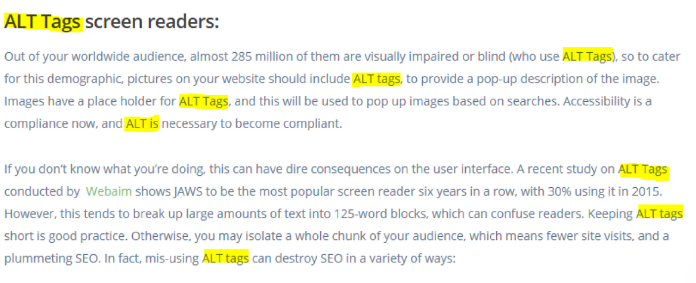
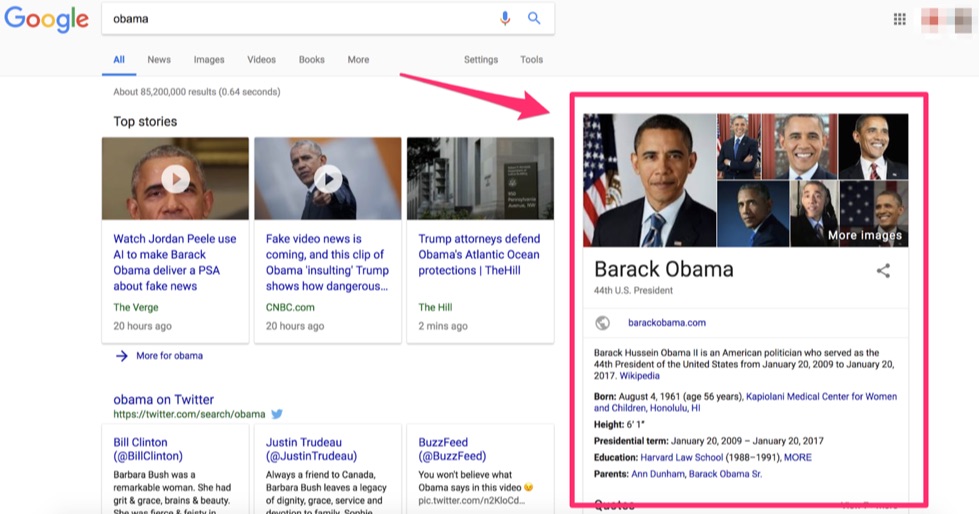
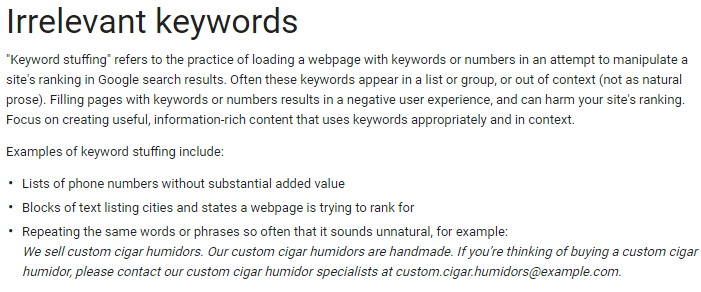
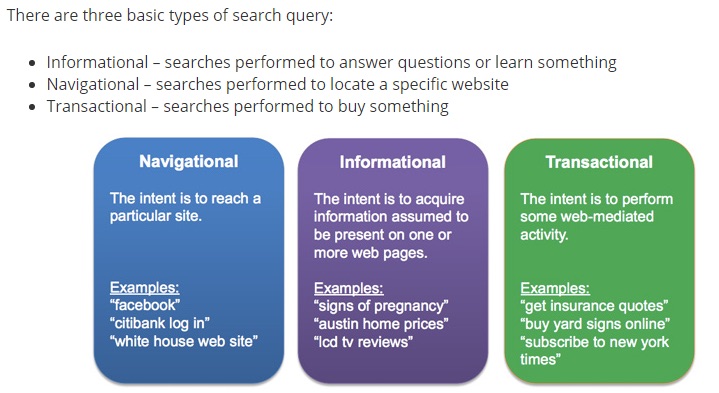
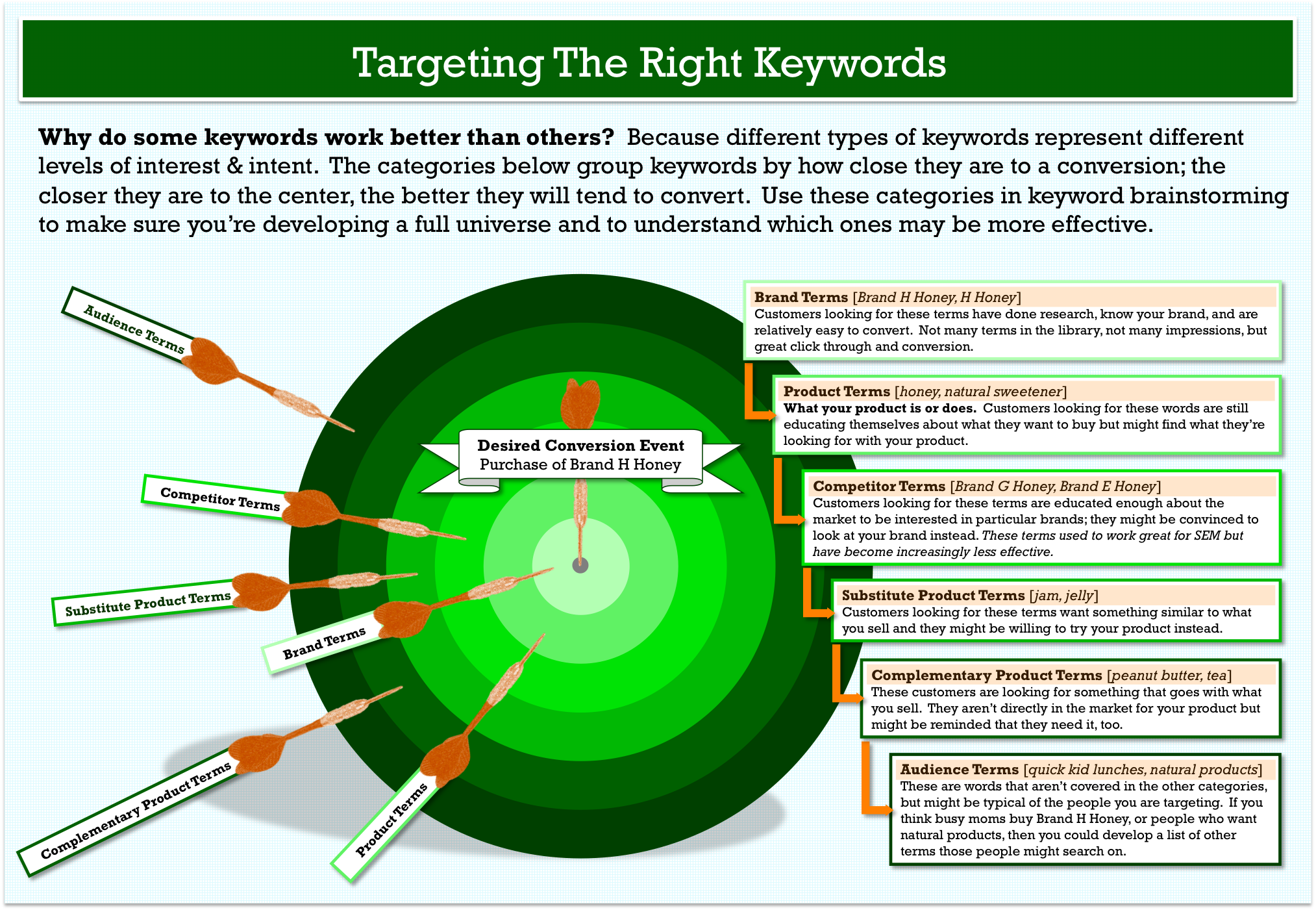

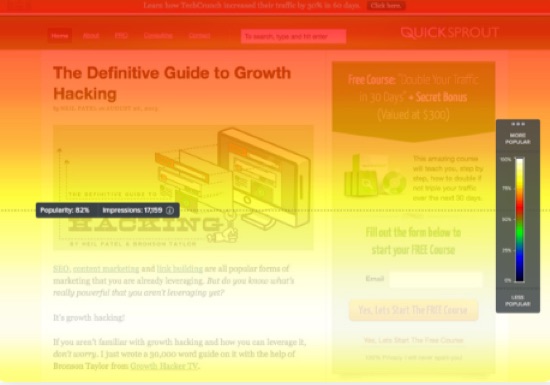
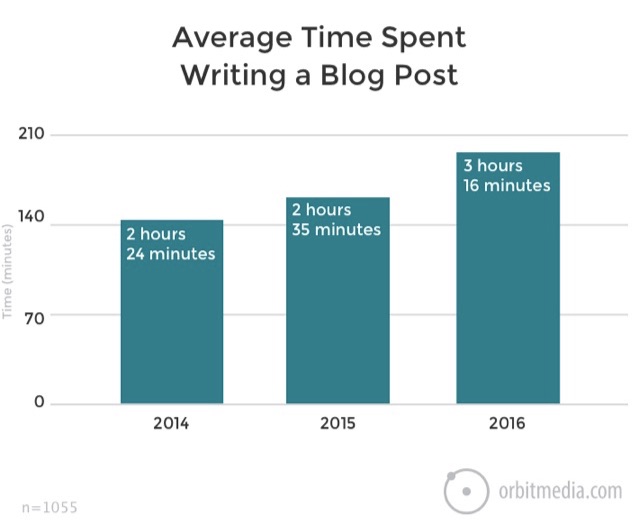
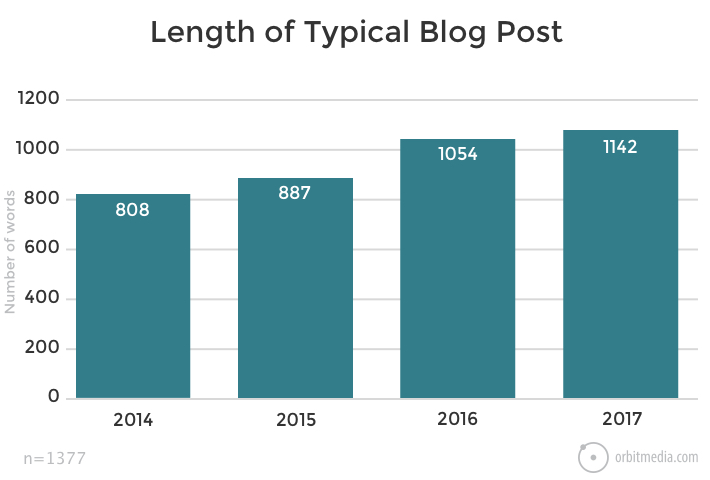
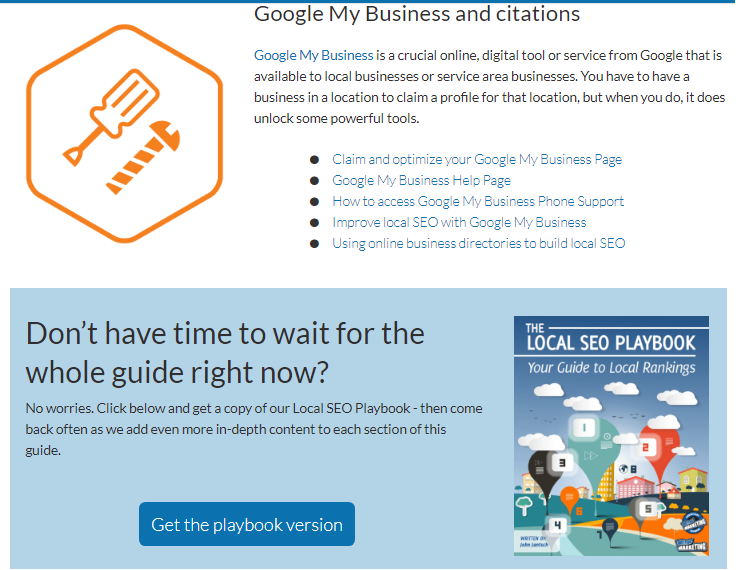 https://blog.kissmetrics.com/start-targeting-customers/
https://blog.kissmetrics.com/start-targeting-customers/
No comments:
Post a Comment